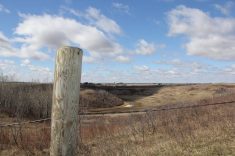The U. S. ag secretary puts a dangerous rider on the final rule
While most of Canada and the national media were fawning over President Barack Obama during his visit to Ottawa last month, his new agriculture secretary Tom Vilsack was back in Washington getting ready to stab the Canadian beef industry in the back. It’s hard to know how to best characterize his action. Incompetent, muddled and deceitful are all terms that spring to mind.
This particular bit of villainy occurred on Friday, Feb. 20 when Vilsack confirmed that the final rule on country-of-origin labelling (COOL) would come into force unaltered on March 16. Then he asked the trade to “voluntarily” ignore the very sections that made the rule workable for the meat trade on both sides of the border.
Read Also
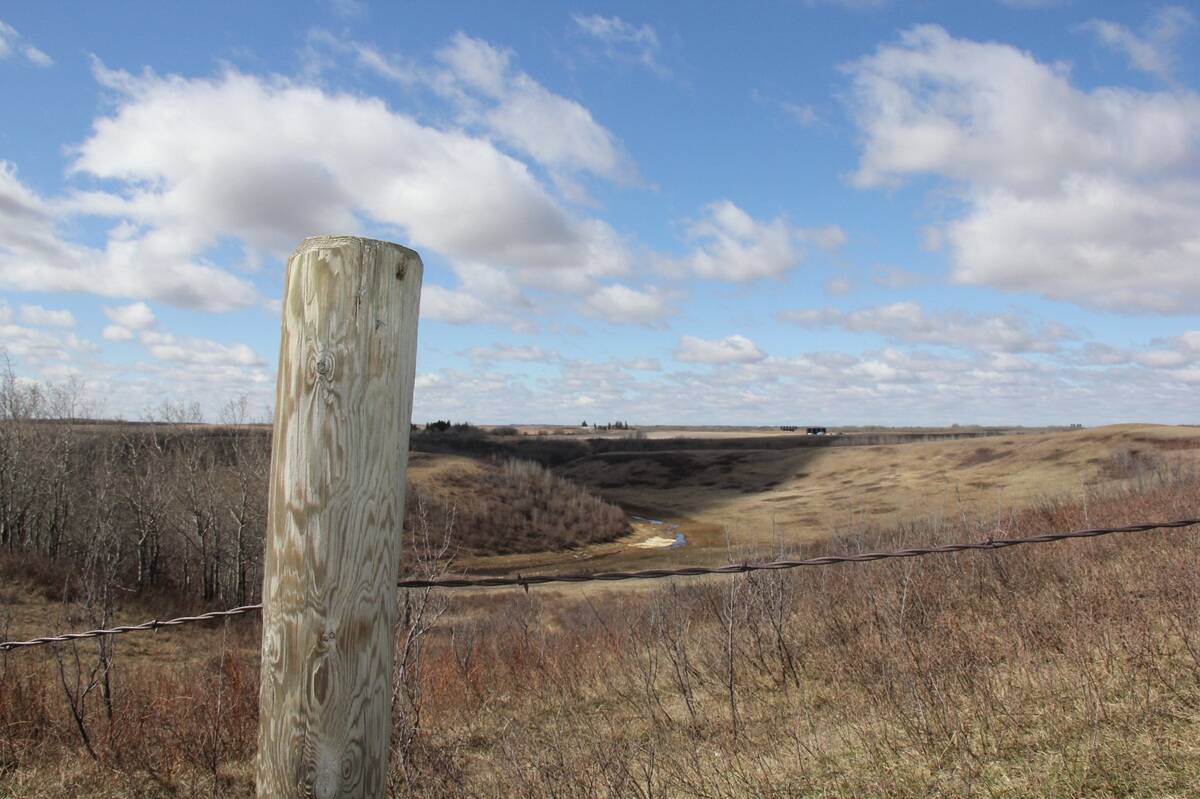
Linking human evolution to leadership on the ranch
Simon Sinek’s new book explains why leaders need to foster a feeling of belonging, trust and co-operation in their organizations
The rule is technically the law, but like a Mafia Don, Vilsack is telling the trade if they know what’s good for them they will ignore the law and just go along with what he wants so the department can test the “practicality” of his suggestions. If they don’t play along his department might consider dragging them through yet another full review on this rule.
The final rule as it stands allows beef from Canadian slaughter cattle and Canadian feeder cattle fed in the U. S. to be commingled with U. S. beef and labelled as a product of the U. S. and Canada when it is processed on the same day.
This change was put in by the last administration to give northern and southern meat plants that require Canadian or Mexican cattle the flexibility to comply with COOL using only two labels.
Instead Vilsack is ordering packers to produce labels that spell out country-of-origin for every step in the process, where the cattle were born, raised and slaughtered. This even goes beyond what was in the interim rule that the trade found completely unworkable.
Vilsack’s demands show very little understanding of how the industry works, or the impact such a change would have on costs throughout the food chain or international trade. The fact that he was originally scheduled to make this announcement on the same day his president was in Canada extolling the virtues of expanded trade between Canada and the U. S. also raises a whole other set of questions about the competence of Vilsack and his inner circle. It is widely believed that the While House told them to cancel the announcement. If Vilsack was unaware of the trade implications initially, he certainly wasn’t when he made his announcement the day after the president returned to Washington.
Producers aren’t the only ones to suffer. The rule exempts processed foods but Vilsack thinks that is too broad and he asked processors to voluntarily label cured, smoked, broiled, grilled or steamed product as to their country of origin. He also wants to cut the time ground beef manufacturers can hold trim for labelling reasons from 60 to 10 days. Again, the result is more cost with no discernable benefit.
In the end these costs are always taken out of the cattle producers return or the consumer’s pocket. Both should be a concern to a man in his position.
The secretary’s actions make a mockery of the USDA’s own drawn-out rule-making process. It seems several years of debate, study, assessment and all the arm-twisting that goes into writing a U. S. rule can be thrown out the window at the last minute on a whim.
Certainly he cannot be taking advice from anyone on the trade or agriculture desks within USDA. Rather it seems the only people who have his ear at the moment are consumer advocates. He even ignored the recommendation of the House Agriculture Committee leader, who surely has a firmer grip on the issues.
Some analysts believe processors will choose to follow the final rule as written and ignore the secretary’s request. Certainly it would be difficult and costly for them to meet his demands. But that puts them in a bind, and introduces more uncertainty into the market, never a good thing.
This will do nothing to reduce the slide in cattle numbers. Beef cow numbers were down in most provinces and off 6.6 per cent nationally on Jan. 1. And we can expect another decline next year as herds are carrying 10 per cent fewer replacement females than last year. In total cattle inventories were down about five per cent at 13.18 million head. This is how producers are responding to uncertainty.
By the time this issue arrives in your mailbox I hope the Canadian government has found a way to reinstate its WTO trade challenge of COOL to send a message to the Obama administration. The problem is we don’t really have a complaint against the final rule. It’s Vilsack’s voluntary rules that are causing harm. Now you know why the term “deceitful” leapt to mind.



